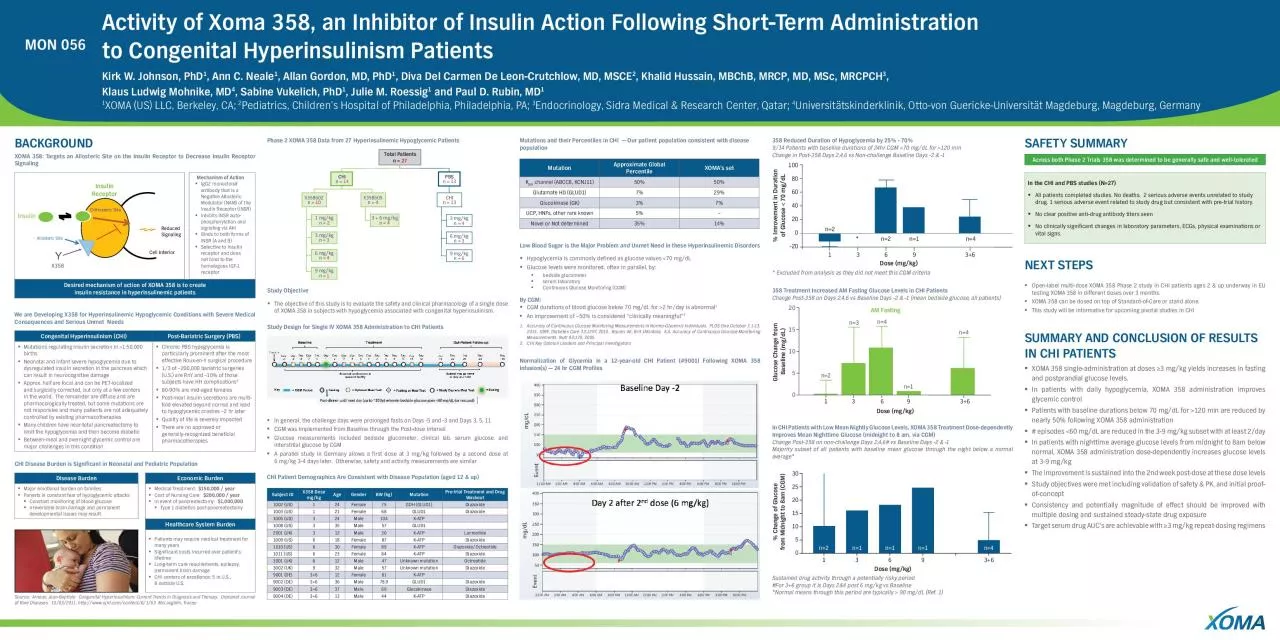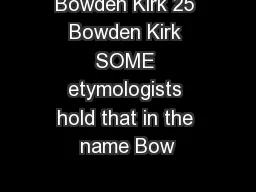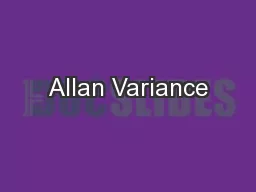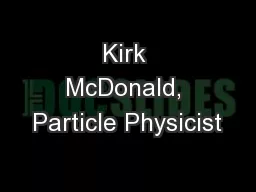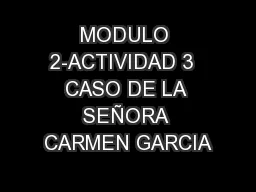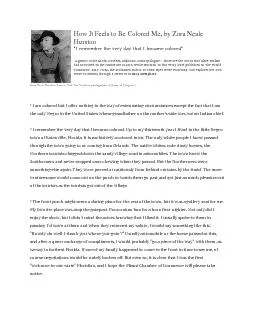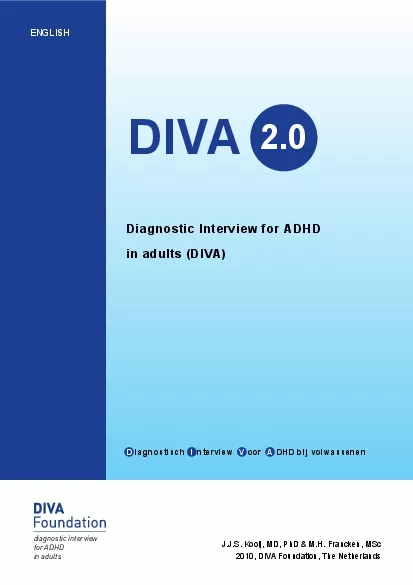PDF-Kirk W Johnson PhD Ann C Neale Allan Gordon MD PhD Diva Del Carmen De
Author : cora | Published Date : 2021-09-15
MON 056Orthosteric SiteAllosteric SiteInsulinReceptorInsulinCell InteriorYX358Mechanism of ActionIgG2 monoclonal antibody that is a Negative Allosteric Modulator
Presentation Embed Code
Download Presentation
Download Presentation The PPT/PDF document "Kirk W Johnson PhD Ann C Neale Allan Gor..." is the property of its rightful owner. Permission is granted to download and print the materials on this website for personal, non-commercial use only, and to display it on your personal computer provided you do not modify the materials and that you retain all copyright notices contained in the materials. By downloading content from our website, you accept the terms of this agreement.
Kirk W Johnson PhD Ann C Neale Allan Gordon MD PhD Diva Del Carmen De: Transcript
Download Rules Of Document
"Kirk W Johnson PhD Ann C Neale Allan Gordon MD PhD Diva Del Carmen De"The content belongs to its owner. You may download and print it for personal use, without modification, and keep all copyright notices. By downloading, you agree to these terms.
Related Documents

